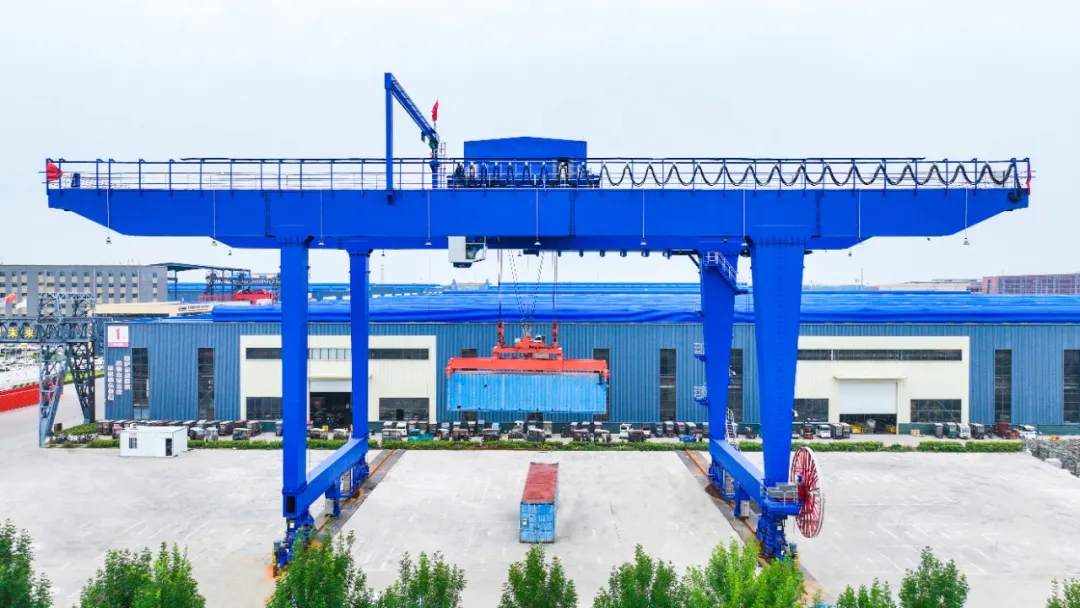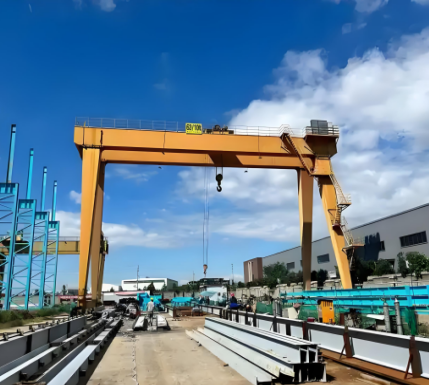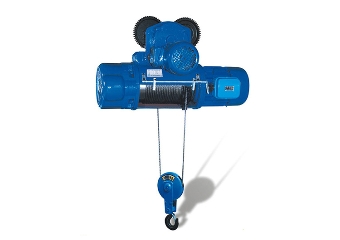Gantry Crane Operation Guide: Avoid Common Mistakes and Improve Safety
Have you ever wondered how massive highway viaducts or long-span railway bridges are built with such precision and speed?
How can hundreds of tons of precast concrete segments be lifted and placed safely in mid-air, often above busy traffic?
The answer lies in gantry cranes in bridge construction—specialized heavy-duty machines designed for lifting, positioning, and launching bridge girders.
In this article, we will explore the structure and functions of gantry cranes, their installation procedures, and real-world applications in bridge construction. You will also discover expert insights into commissioning, operation, and safety measures that make gantry cranes indispensable for modern infrastructure projects.
👉 By the end, you’ll know exactly why investing in the right gantry crane can determine the success, safety, and cost-effectiveness of your bridge project.
Structure and Functions of Gantry Cranes
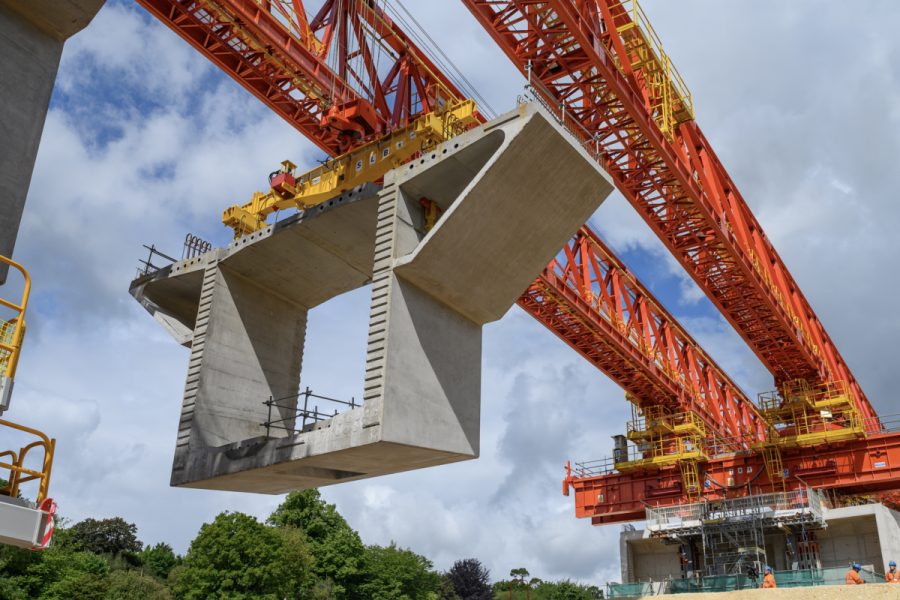
Hoisting System
The hoisting system is the heart of a gantry crane.
-
Equipped with wire rope or chain hoists, motors, and brakes.
-
Designed with overload protection and limit switches to prevent accidents.
-
Typical lifting capacity ranges from 50 tons to 500 tons, depending on project needs.
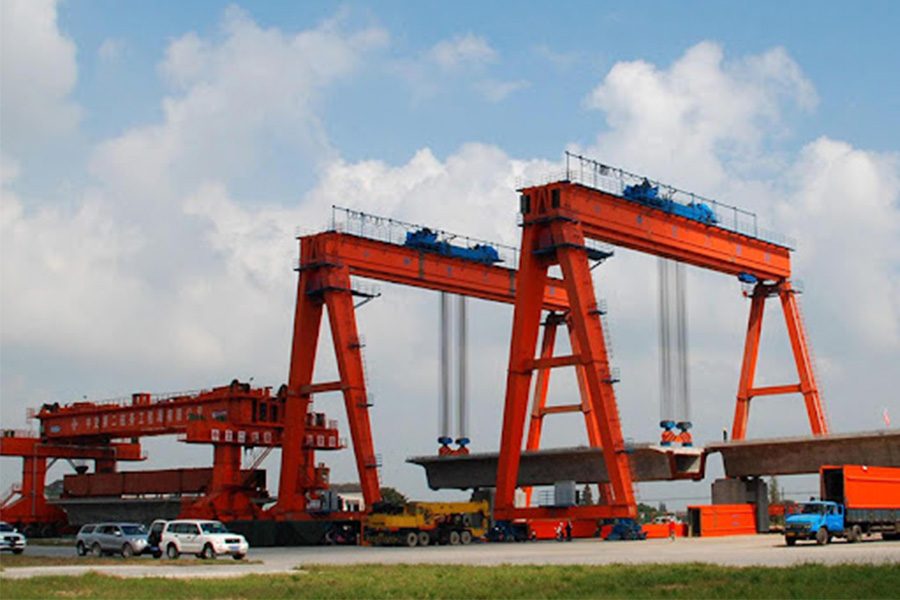
Main Gantry Frame
-
Constructed using box-girder or truss design.
-
Must handle heavy dynamic loads and wind forces.
-
Designed for spans up to 90 m or more.
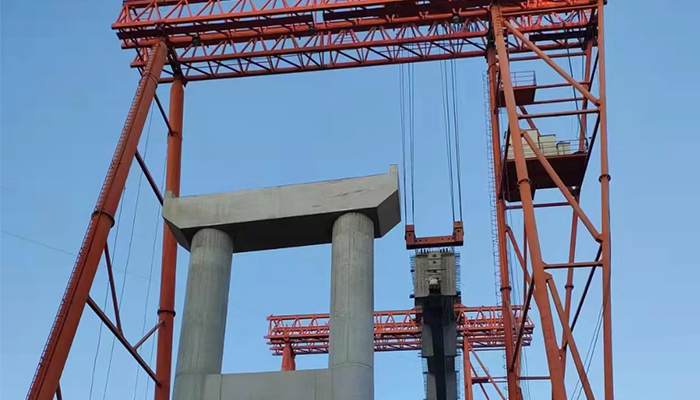
Rail Foundation
-
The track alignment is critical for safe crane movement.
-
Foundation must ensure bearing strength and withstand settlement.
-
Rail straightness tolerance is typically ±2 mm across full length.
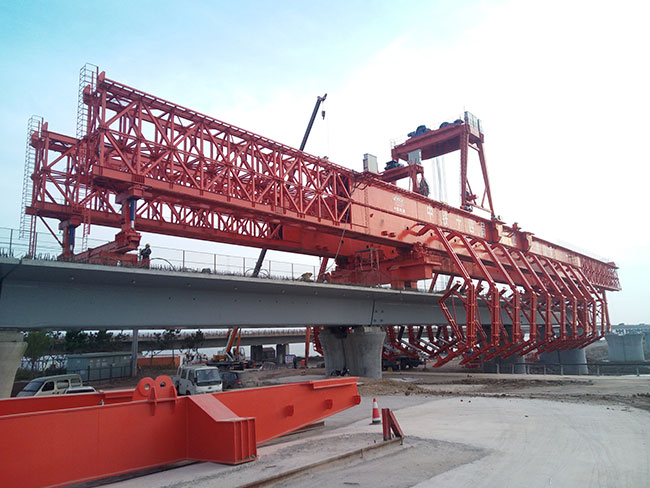
Trolley Traveling System
-
Moves along the main girder to position loads.
-
Equipped with frequency converters for smooth operation.
-
Travel speed: 0–15 m/min, ensuring precise placement.
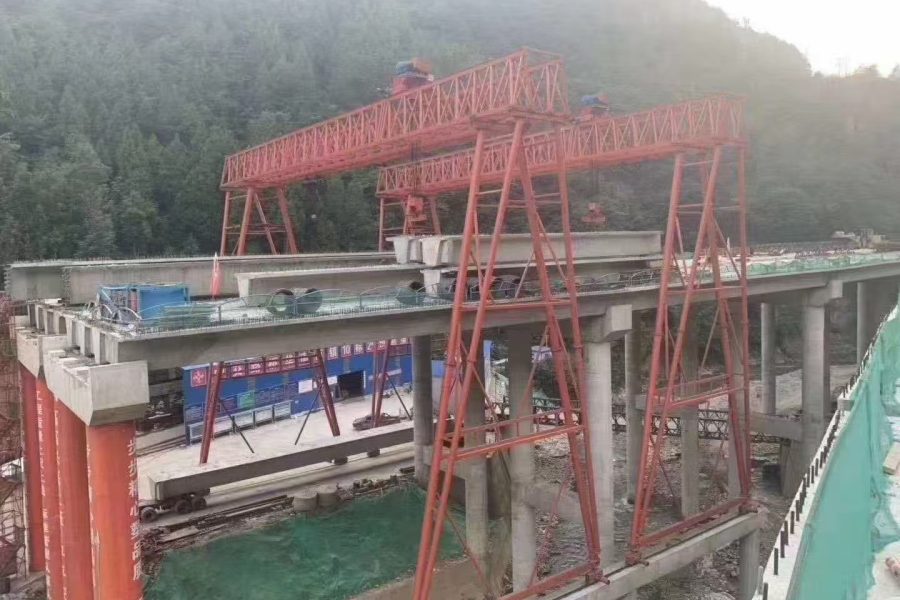
Main Traveling System
-
Moves the entire gantry crane along longitudinal rails.
-
Powered by multiple drive motors with synchronized control.
-
Speed: 5–8 km/h unloaded, slower when carrying segments.
Technical Specifications Overview
| Component | Typical Data | Notes |
|---|---|---|
| Hoisting Capacity | 50–500 tons | Adjustable for span size |
| Main Gantry Span | Up to 90 m | Box-girder / truss |
| Rail Gauge Tolerance | ≤ ±2 mm | Critical for stability |
| Trolley Speed | 0–15 m/min | VFD control |
| Main Travel Speed | 5–8 km/h | Longitudinal motion |
Installation Procedures and Key Points
Installation Procedures
-
Site preparation & rail foundation – Ensure proper alignment and soil bearing capacity.
-
Main frame erection – Assemble legs, main girder, and outriggers.
-
Hoisting system setup – Install hoists, ropes, brakes, and sensors.
-
Trolley & traveling system installation – Align wheels and motors.
-
Electrical system integration – Wiring, PLCs, and safety controls.
-
Testing & commissioning – Static and dynamic load tests before operation.
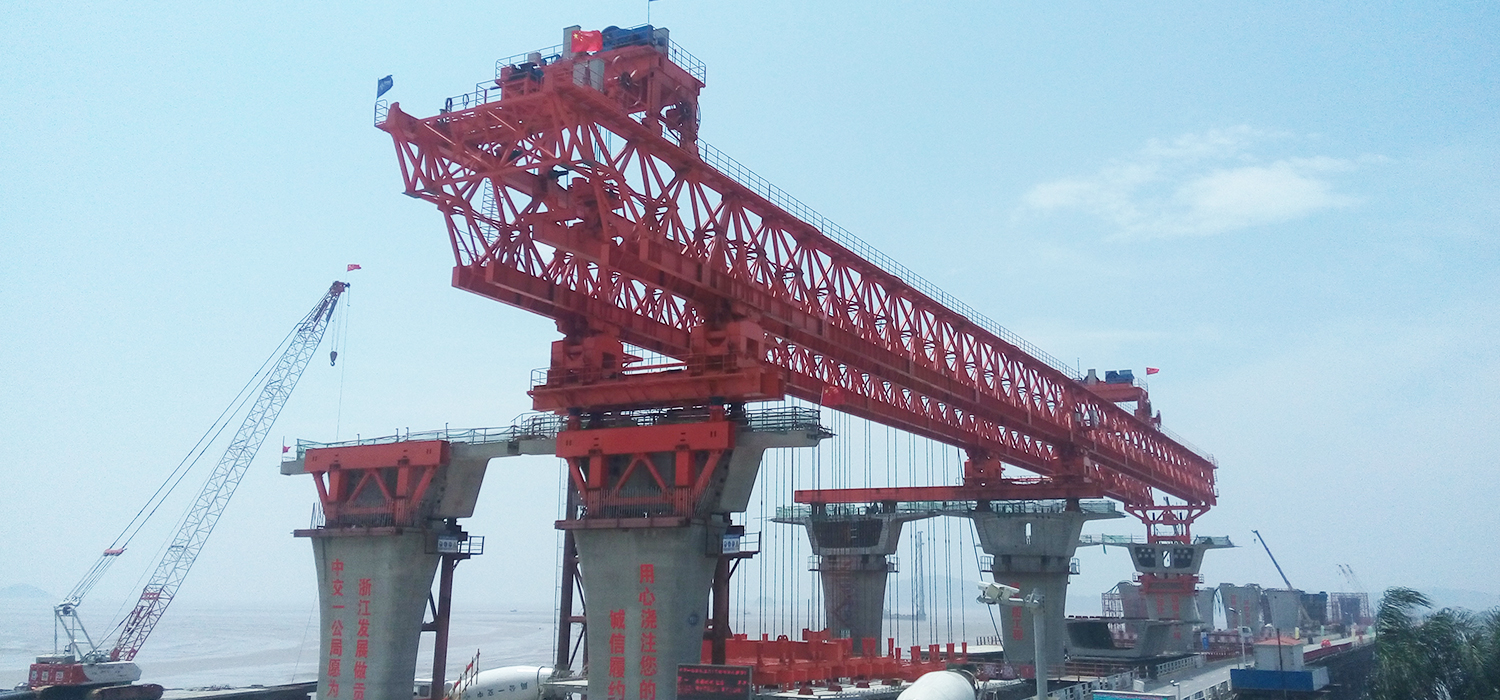
Installation Key Points
-
Rail alignment and track gauge accuracy are essential.
-
Verticality of legs ensures uniform load distribution.
-
Calibration of overload devices and limit switches is mandatory.
-
Weather and wind considerations must be factored into setup.
Analysis of Gantry Crane Applications in Bridge Construction
Commissioning and Operation
-
Load testing at 1.25× rated capacity validates structural safety.
-
Operators must be trained and certified.
-
Regular inspections of wire ropes, brakes, and wheels reduce downtime.

Application in Bridge Construction
-
Segmental Assembly: Efficient for precast concrete segments.
-
Full-Span Launching: Used for highway and railway viaducts.
-
Balanced Cantilever: Enables long-span bridge erection without scaffolding.
Real-world example: The SLJ900/32 launching gantry in China can handle 91 m spans and weighs 580 tons, advancing span by span to complete viaducts efficiently.
Conclusion
Gantry cranes are indispensable for modern bridge construction projects. Their robust design, precise installation, and efficient operation help reduce project timelines, improve safety, and optimize costs. Choosing the right crane, ensuring expert installation, and following strict commissioning protocols guarantee success in complex infrastructure projects.
For detailed consultation, please visit:
👉 Heavy-Duty Gantry Crane for Bridge Construction
👉 Gantry Crane Operation Guide
Conclusion – Ensure Reliable Operation with SLKJCrane

Expert in Overhead Crane/Gantry Crane/Jib Crane/Crane Parts Solutions
Eileen Hu
With 20+ years of experience in the Crane Overseas Export Industry, helped 10,000+ customers with their pre-sales questions and concerns, if you have any related needs, please feel free to contact me!
Frequently Asked Questions (FAQ)
Most range from 50 to 500 tons, with special models exceeding this for long-span bridges.
Typically 2–4 weeks, depending on size, rail foundation preparation, and weather conditions.
Overload protection, limit switches, anti-collision devices, windproof clamps, and emergency brakes.
Launching gantries work span by span on elevated piers, making them ideal where ground access is limited or traffic must remain open.
Intermodal Gantry Cranes (RMG & RTG) — Engineering Playbook
Intermodal Gantry Cranes (RMG & RTG) — Engineering Playbook This engineering-oriented guide targets rail-to-truck operations, inland ports (ICDs),
Electric Hoist Gantry Crane: Complete Sizing & Selection Guide | SLKJCrane
Electric Hoist Gantry Crane: A Complete Sizing & Selection Guide Choosing the right electric hoist gantry crane comes
MG Double Girder Gantry Crane with Hook | Heavy-Duty Outdoor Lifting
MG Double Girder Gantry Crane with Hook: Structure, Specs & Applications An MG double girder gantry crane with
Steel Mill Wire Rope Lubrication for Metallurgical Hoists | Cut Downtime by 41%
Steel Mill Wire Rope Lubrication for Metallurgical Hoists: Root-Cause Fix & Proven Results Wire rope failures in steel
Contact Us Now
Have questions about our cranes or need help?
Reach out to our friendly team for expert support and guidance.
We are here to help you power your journey towards a greener future !
Address: Crane Industry Park, Xinxiang City Henan Provice

